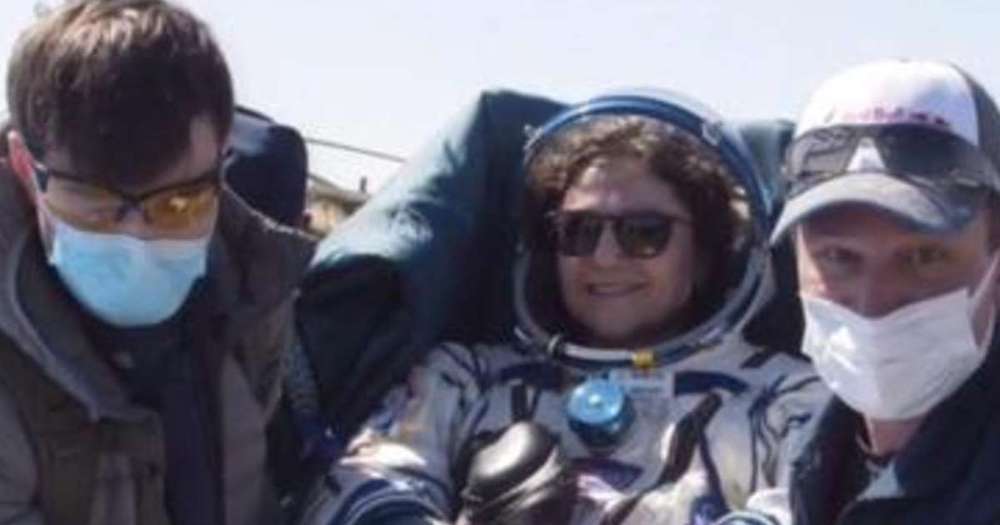Like all communities, space colonies need to be socially stable. What do succeeded and failed Utopia’s on Earth teach us?
Most utopian communities are, like most start-ups, short-lived. What makes the difference between failure and success?

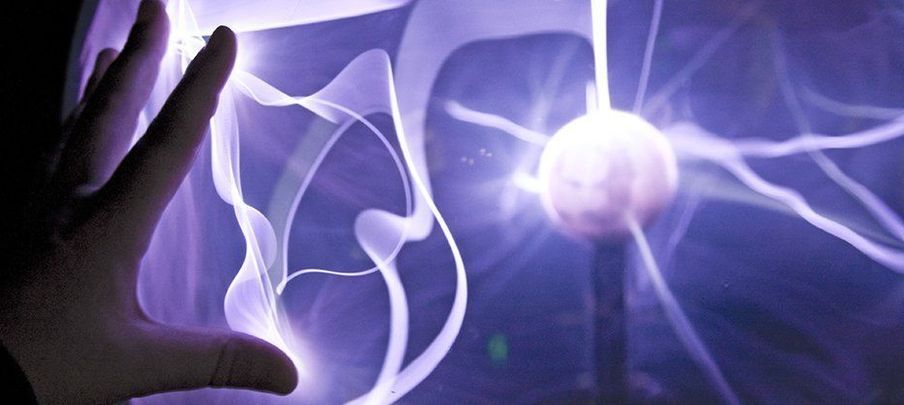
Scientists have found evidence that a fundamental physical constant used to measure electromagnetism between charged particles can in fact be rather in constant, according to measurements taken from a quasar some 13 billion light-years away.
Electromagnetism is one of the four fundamental forces that knit everything in our Universe together, alongside gravity, weak nuclear force, and strong nuclear force. The strength of electromagnetic interaction between elementary particles is calculated with the help of what’s known as the fine-structure constant.
However, the new readings – taken together with other readings from separate studies – point to tiny variations in this constant, which could have huge implications for how we understand everything around us.
LIVE NOW: Ask us anything about asteroid 1998 OR2, interstellar comet Borisov and comet ATLAS. Asteroid 1998 OR2 will safely fly by Earth on April 29.
Join our Planetary Defense experts on Reddit to ask questions about comets and asteroids: https://www.reddit.com/r/askscience/comments/g9o4yp/askscien…_alma_and/
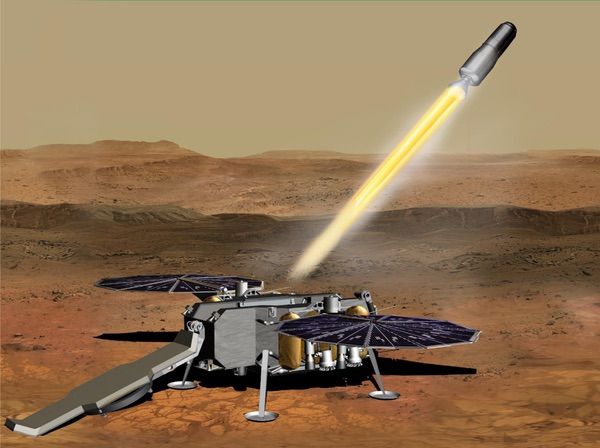
At the highest level, Mars sample return sounds very straightforward: go to Mars, grab some rocks, and bring them back to Earth. Easy!
Easier said than done, though. While NASA has demonstrated the ability to land on Mars and travel across its surface on several missions, the challenges of gathering samples, putting them into a vehicle that launches them into Martian orbit, and then getting those samples back to Earth, increases the complexity of the endeavor exponentially more than linearly.
NASA announced its intent in August 2017 to pursue a “lean” sample return strategy in an effort to minimize the complexity, and cost, of getting samples back (see “Turning a corner on Mars,” The Space Review, August 19, 2019). Since then, NASA and the European Space Agency have said they will collaborate on a Mars Sample Return program, but the agencies have elaborated little on that overall architecture.

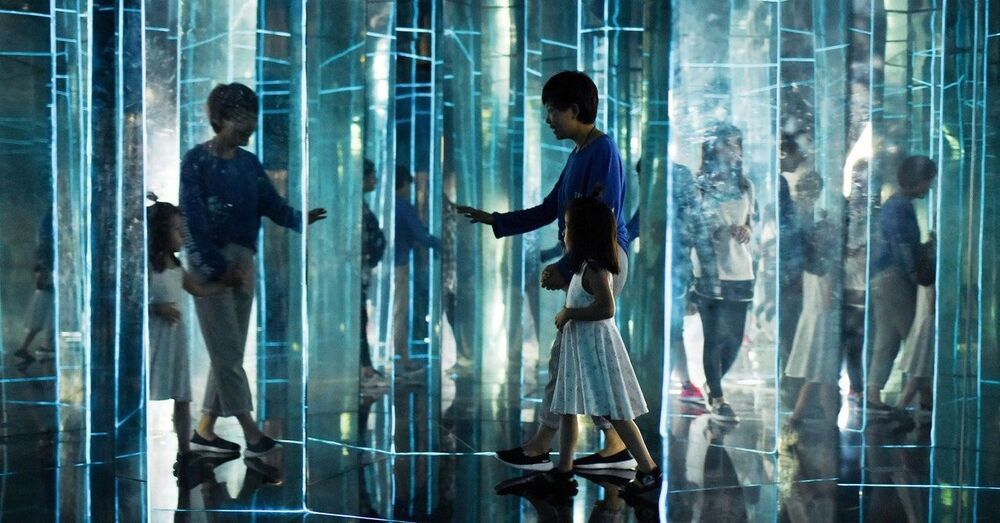

Not only does a universal constant seem annoyingly inconstant at the outer fringes of the cosmos, it occurs in only one direction, which is downright weird.
Those looking forward to a day when science’s Grand Unifying Theory of Everything could be worn on a t-shirt may have to wait a little longer as astrophysicists continue to find hints that one of the cosmological constants is not so constant after all.
In a paper published in Science Advances, scientists from UNSW Sydney reported that four new measurements of light emitted from a quasar 13 billion light years away reaffirm past studies that found tiny variations in the fine structure constant.
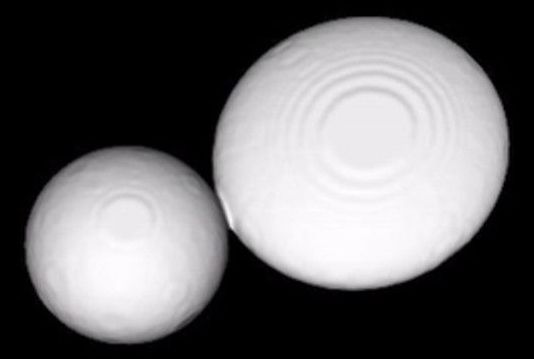

Evgeni Grishin (Credit: Courtesy of The Technion)
Specifically, their work explains the unique characteristics of Arrokoth, affectionately known as “the Snowman” because it is likely predominantly made of soft ice and because of its two different sized lobes interconnected with a thin neck.
Arrokoth was first photographed in 2019 by the New Horizons space mission, the same mission that provided the world’s best pictures of Pluto and its moon Charon.

Hubble Space Telescope’s iconic images and scientific breakthroughs have redefined our view of the Universe. To commemorate three decades of scientific discoveries, this image is one of the most photogenic examples of the many turbulent stellar nurseries the telescope has observed during its 30-year lifetime. The portrait features the giant nebula NGC 2014 and its neighbour NGC 2020 which together form part of a vast star-forming region in the Large Magellanic Cloud, a satellite galaxy of the Milky Way, approximately 163 000 light-years away. The image is nicknamed the “Cosmic Reef” because it resembles an undersea world.
On 24 April 1990 the Hubble Space Telescope was launched aboard the space shuttle Discovery, along with a five-astronaut crew. Deployed into low-Earth orbit a day later, the telescope has since opened a new eye onto the cosmos that has been transformative for our civilization.
Hubble is revolutionising modern astronomy not only for astronomers, but also by taking the public on a wondrous journey of exploration and discovery. Hubble’s seemingly never-ending, breathtaking celestial snapshots provide a visual shorthand for its exemplary scientific achievements. Unlike any other telescope before it, Hubble has made astronomy relevant, engaging, and accessible for people of all ages. The mission has yielded to date 1.4 million observations and provided data that astronomers around the world have used to write more than 17 000 peer-reviewed scientific publications, making it one of the most prolific space observatories in history. Its rich data archive alone will fuel future astronomy research for generations to come.
